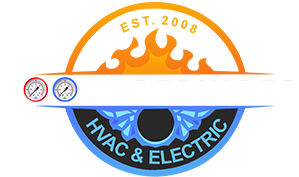Releasing refrigerants into the air is illegal. After 2020, only reclaimed or recycled R-22 is available for servicing. This practice extends R-22 availability for existing systems, ensuring continued operation.
Environmentally friendly refrigerants like R-410A, which contain no ozone-depleting substances, have replaced R-22. Although R-410A contributes to global warming, it is less harmful overall. Common trade names include GENETRON AZ-20®, SUVA 410A®, Forane® 410A, and Puron®.
Existing R-22 systems can be serviced with reclaimed R-22. Retrofitting to R-407C is possible, though switching to R-410A requires complete system replacement due to pressure differences.
Switching to R-410A involves installing compatible systems. Both indoor and outdoor components may need replacement. Dealers must be trained in handling substitute refrigerants. A Common Sense Approach to Servicing Your System Proper refrigerant management includes containment, recovery, and recycling. Professional technicians certified by the EPA should handle refrigerant servicing to reduce environmental impact. A Common Sense Approach to Purchasing New Systems Upgrading to energy-efficient systems benefits the environment and reduces energy bills. Energy Star®-rated products offer significant energy savings while maintaining high performance and reliability.
Apart from banning the generation of the ozone depleting refrigerant gases, CAI also promotes the environmentally correct use of fridges. The negative impacts of refrigerants on ozone depletion and global warming can be minimized when refrigerants are recovered, recycled, reclaimed and minimized leaks. The Act provides a certain policy framework of containment and handling of refrigerant for constructors, sellers, retailers and service providers of HVAC systems. Home comfort systems installed correctly have lower probabilities for large refrigerant leakage, and through proper servicing of the heating and cooling system using R-22, R-410A, or other refrigerants they have a minimal contribution to the environment. The EPA does not demand that systems with minor leakage should be repaired or replaced but such leakage poses havoc to the environment while adding more to operational /maintenance expenses. A practice suggested by these findings is that one effective strategy homeowners can use is to select a dealer who uses only EPA-certified technicians. The certification is called the “608 certification” to ensure that technicians comprehend how to reduce the emission of these dangerous chemicals from the HVAC systems.
Another important step homeowners can take is to make a point of buying a system that is efficient in its use of energy. Different energy efficient systems in the current world can easily help in the saving of cash on bills, without contributing to air pollution. Modern air conditioner units use a lot less energy to produce the equivalent cooling effect as those produced in the mid-1970s. If your air conditioner is 10 years old or newer, you should know that getting a new, more efficient model can greatly reduce the costs of cooling. Energy Star® labeled products should be purchased, as they are endorsed under strict energy efficiency standards by the EPA.


